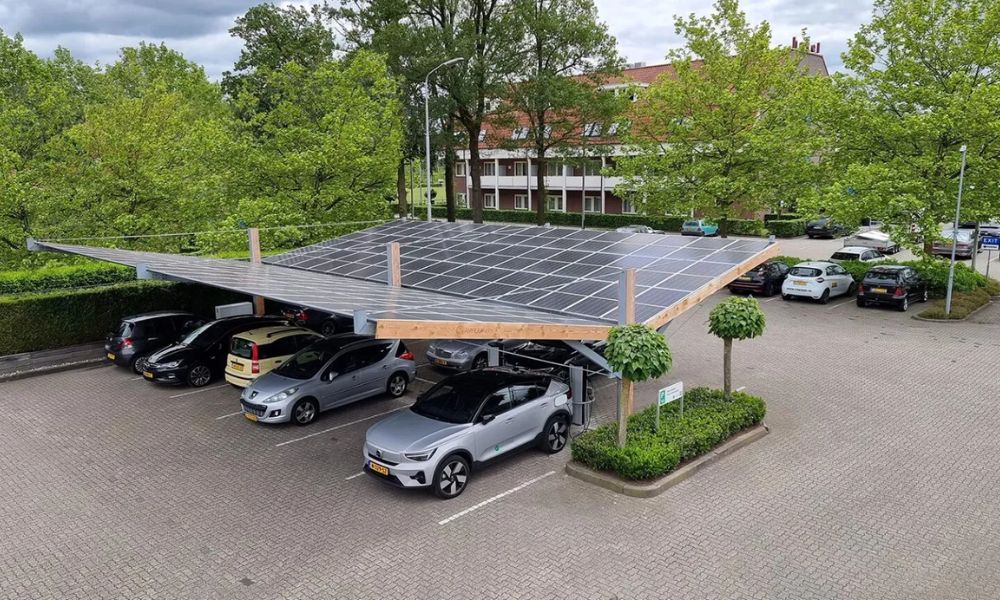The Indian Automotive Industry: Transitioning Towards a Greener Future
Over the past decade, the Indian automotive industry has undergone two significant transitions aimed at reducing carbon emissions and promoting a cleaner, greener future. These transitions involve the implementation of phase-wise BS6 emission norms, which have forced manufacturers to abandon unfit powertrains and vehicles that fail to meet stringent emission requirements. In 2023, the industry is undergoing a third major transition, as Phase II, RDE norms, and E20 compatibility come into effect. This article highlights some of the changes in the industry resulting from these transitions.
Honda and Hyundai: Discontinuing Vehicles and Powertrains
Honda, one of the major players in the Indian automotive industry, is the manufacturer that has the most to lose due to the new regulations. The company is discontinuing five models, including the Jazz, City 4th generation, and WR-V crossover. Furthermore, Honda is cutting off diesel powertrains with City 5th gen and Amaze. This move is in line with the declining popularity of diesel powertrains in compact and sub-compact hatchback and sedan segments.
Hyundai’s i20 is also losing its 1.5L diesel option, following in the footsteps of the Renault Captur. However, Tata Altroz, Hyundai’s rival in the premium hatchback segment, has retained its diesel option, making it the only premium hatchback with a diesel option. Hyundai’s new-gen Verna will also no longer have a diesel option, marking the end of Verna diesel in India.
| Brand | Model |
|---|---|
| Maruti Suzuki | Alto 800 |
| Renault | Kwid |
| Mahindra | KUV100 |
| Honda | Jazz |
| Hyundai | i20 |
| Honda | Amaze |
| Honda | WR-V |
| Honda | City |
| Nissan | Kicks |
| Hyundai | Verna |
| Toyota | Innova Crysta |
| Skoda | Octavia |
| Skoda | Superb |
Skoda, Nissan, Mahindra, Toyota: Discontinuing Premium Sedans
Skoda is retiring its Octavia and Superb models as they have equipped with EA888 evo3 DQ381-7F powertrain, which doesn’t meet RDE norms. The Skoda Kodiaq, Tiguan, and certain Audis will continue with the EA888 evo4 DQ381-7A powertrain with AWD. Nissan Kicks, on the other hand, has been discontinued, along with Renault Captur, and Mahindra KUV100.
Toyota’s Innova Crysta has been reintroduced in the country with a facelift, but it had to shed its 2.7L petrol engine in favor of a sole 2.4L diesel engine. This move is not expected to affect its popularity, as Innova has been one of the most successful models in the Indian automotive market.
The End of 800cc Engines in India
BS6 phase II will be remembered as the end of 800cc engines in India. Four decades-old F8D 3-cylinder engine on Alto 800 and Renault’s 3-cylinder 800cc engine on Kwid will be axed, favoring a 1000cc option in both cases.
The Future of the Indian Automotive Industry
The Indian automotive industry has been experiencing a rapid shift towards a greener future, and the new regulations will likely accelerate this trend. With the introduction of E20 compatibility, the industry is expected to see a surge in electric and hybrid vehicles. This shift towards cleaner vehicles will also help the country achieve its climate change targets and reduce its carbon footprint.
In conclusion, the Indian automotive industry is undergoing a significant transition towards a cleaner, greener future. While some manufacturers have had to discontinue some of their popular models and powertrains, this shift is necessary to comply with the new regulations and reduce the industry’s carbon emissions. As the industry moves towards electric and hybrid vehicles, it is expected to play a significant role in reducing the country’s carbon footprint and promoting a sustainable future.




